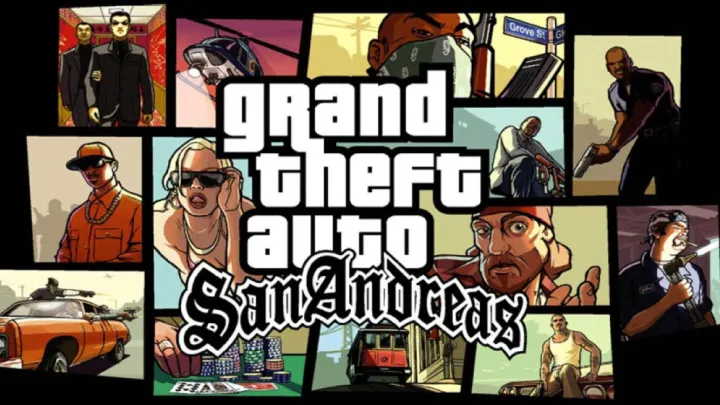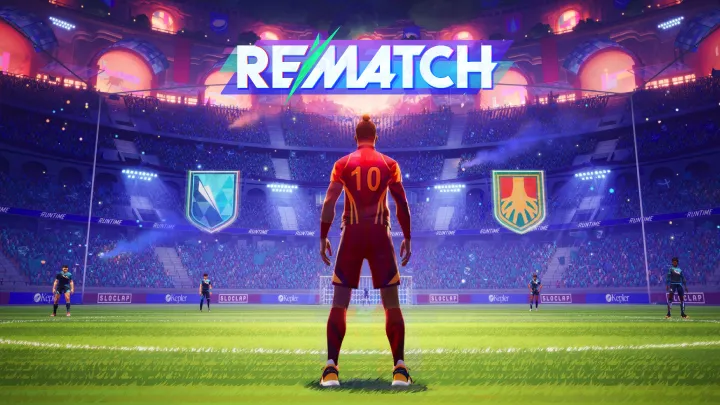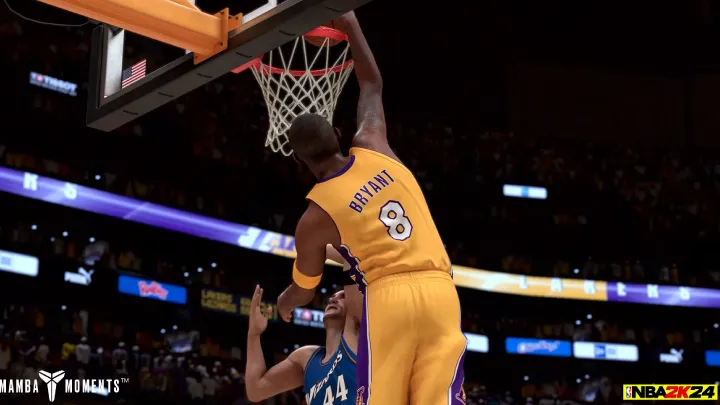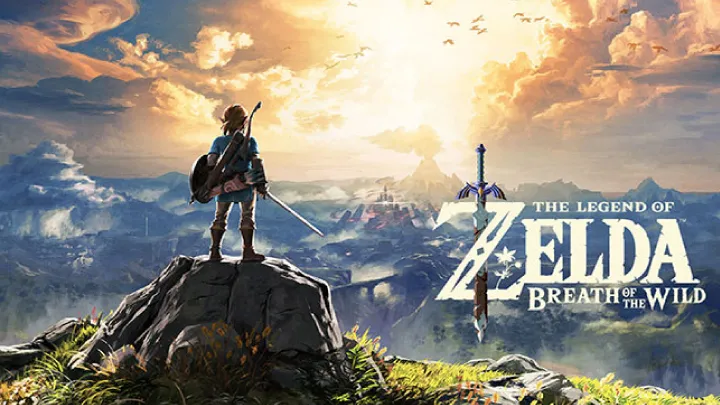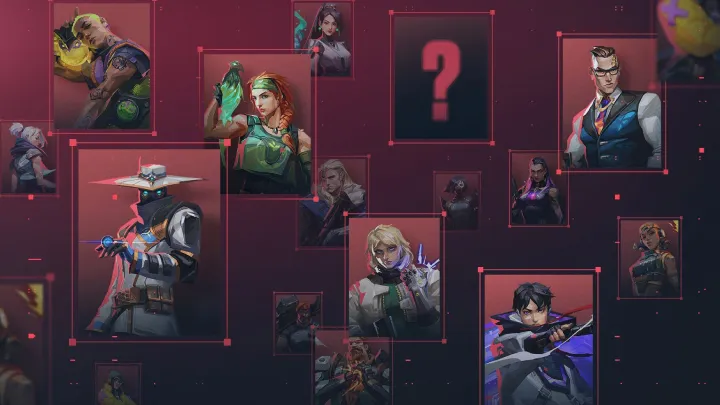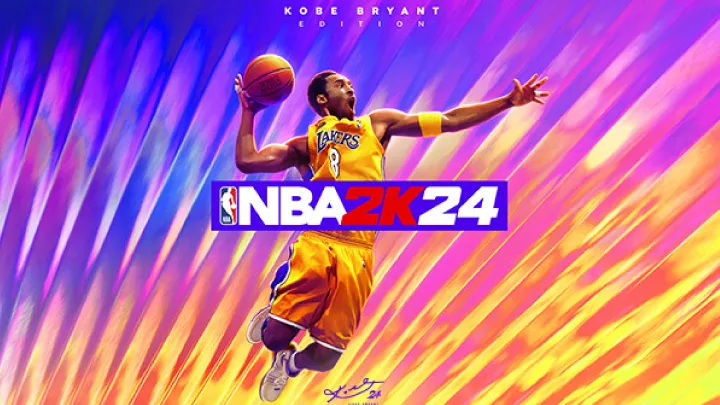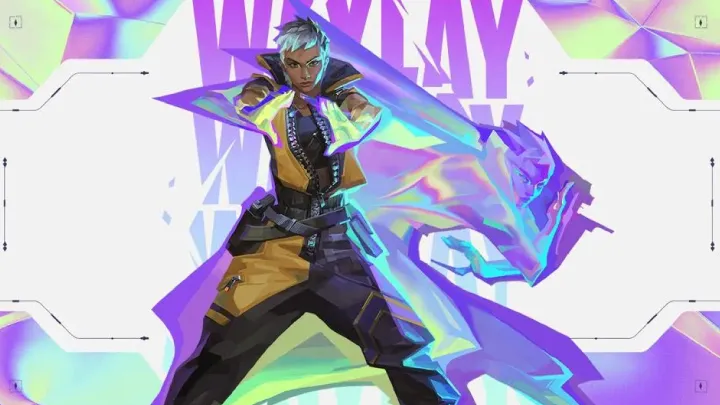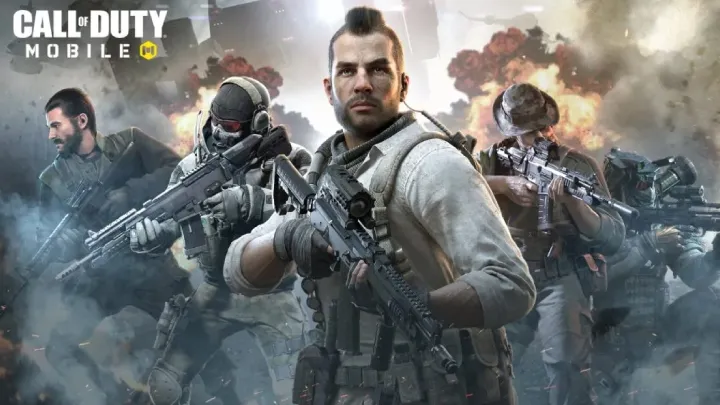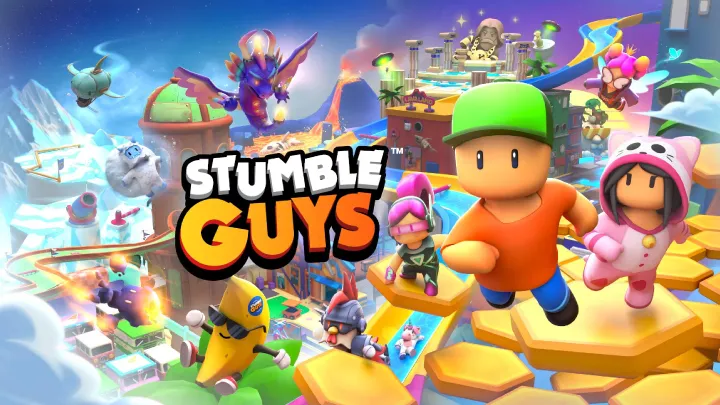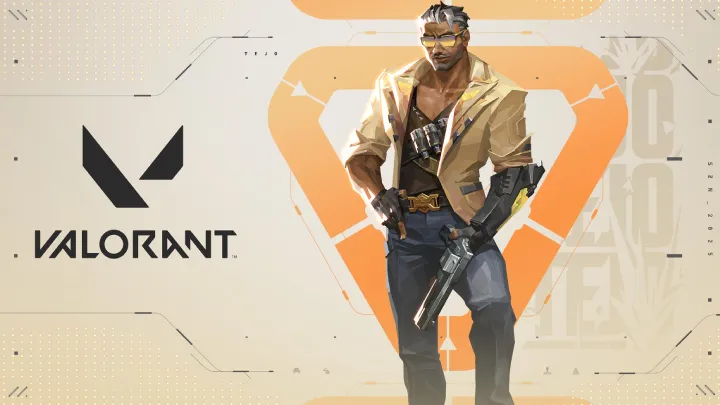Introduction
Call of Duty has stood for more than two decades as one of the most defining franchises in interactive entertainment. Born as a World War II shooter and later reborn multiple times across modern counter-terror campaigns, clandestine Black Ops operations, sci-fi skirmishes, and a battle-royale revolution, the series has not merely followed the trends of the medium—it has set them. What distinguishes Call of Duty is not a single mechanic or marketing beat but a repeatable philosophy: deliver immediate, high-fidelity action that feels cinematic without sacrificing responsiveness; shape stories that can be consumed like prestige TV yet played minute-to-minute with mechanical clarity; and build multiplayer ecosystems that are as much social spaces as they are competitive arenas. The result is a franchise that functions at three layers at once: as blockbuster entertainment, as a finely tuned competitive sport, and as a cultural shorthand for the modern first-person shooter. Players may come for the spectacle—the explosions, the motion-captured performances, the orchestral scores—but they stay because the gunplay feels right, the feedback loop is tight, and every match promises a new story of personal heroics told through killcams, clutch defuses, and last-circle survivals.
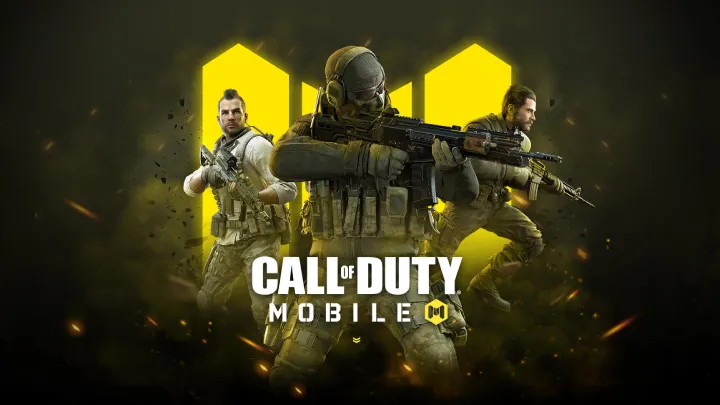
Origins and Early History
Call of Duty began in 2003 with a thesis that was deceptively simple for its time: the most compelling stories of war were not solitary power fantasies but ensemble dramas. The inaugural game placed players within the Allied forces of World War II and framed its missions as intersecting perspectives rather than a single super-soldier’s odyssey. That structure—multiple fronts, rotating protagonists, a focus on squads—did two things. First, it translated the scale of global conflict into a series of digestible vignettes that could be staged with Hollywood pacing. Second, it emphasized that the core fantasy of the shooter is situational competence, not invincibility; you were a small part of a large machine, surviving because you moved with purpose, took cover, and supported your teammates.
Mechanically, early Call of Duty refined the grammar of the FPS. Iron sights—now standard—were accentuated to make aiming feel grounded. Hit feedback was crisp and audible. The sound design, with its concussive artillery and shouted commands, pulled players into the chaos, while linear mission design kept the tempo high. That formula carried through multiple WWII entries and established the franchise’s reputation for tightly directed campaigns that could be completed over a weekend yet lingered in memory thanks to set-pieces: a desperate sprint across a snow-blown square, a breach-and-clear in a farmhouse, a final stand on a bridge at dawn.
The Modern Warfare Revolution
The true inflection point arrived when the series shifted from the history books to the nightly news. Modern Warfare didn’t simply change the time period; it updated the franchise’s moral and mechanical vocabulary. The campaign’s narrative adopted the rhythms of a geopolitical thriller: overlapping intelligence briefings, special forces raids, high-stakes deniable missions, and ethical gray zones where the “good guys” were defined more by their choices under pressure than by the flags on their uniforms. Instead of reenacting battles everyone had studied in school, players were now moving through believable flashpoints—a cargo ship in stormy waters, a Middle Eastern city block, a surveillance-soaked European capital—each one animated by motion capture and facial performances that drew from film and television.
Mechanically, Modern Warfare fused immediacy with depth. Time-to-kill was relatively low, which made positioning and pre-aiming matter, but recoil patterns and attachments offered granular control. The now-famous killstreak system created a mid-match narrative arc: perform well, earn reconnaissance, escalate to stronger air support, and change the shape of the battlefield. This was a masterstroke of risk-reward design. It amplified player agency (a single streak could swing a match) yet introduced counterplay (shoot down UAVs, coordinate indoors, play for resets). The game’s multiplayer maps were compact and learnable, designed with a tri-lane philosophy—clear routes for flanks, power positions to contest, and chokepoints that produced friction without stalemate. Modern Warfare didn’t just spawn a sub-series; it reshaped the public’s expectations of what an FPS could feel like in the hands, balancing cinematic flair with tournament-ready precision.
Black Ops and Narrative Expansion
If Modern Warfare reoriented the franchise toward contemporary conflict, Black Ops deepened its narrative ambition. Set against the Cold War’s murky undertones, it leaned into unreliable narrators, conspiratorial tapes, and psychological manipulation. Where earlier campaigns were high-fidelity war films, Black Ops felt closer to a prestige miniseries about memory, ideology, and the way soldiers carry secrets. This sharpened focus on character allowed the franchise to experiment with tone: quiet interrogations burst into chaotic firefights; morally ambiguous decisions reverberated through flashbacks; the player’s perspective was weaponized to question what is “real” in a covert world.
Black Ops also introduced—then continually reimagined—Zombies, a mode that transcended side-activity status to become a culture of its own. Zombies distilled Call of Duty’s mechanical satisfactions into a co-op survival loop: board windows, earn points, unlock areas, upgrade weapons, and chase wonder weapons while deciphering hidden Easter eggs. It provided something rare in competitive shooters: a social, repeatable PvE playground where skill expression could coexist with goofing around. Over time, Zombies became a storytelling canvas with its own canon, laced with time travel and cosmic stakes, yet the core appeal remained tactile: tight corridors, escalating hordes, and the struggle to survive one more round with your friends.
Multiplayer: From Party Game to Competitive Platform
Multiplayer in Call of Duty evolved from a post-campaign diversion into the franchise’s beating heart. Its success rests on a handful of design pillars that have endured across studios and sub-series. First, the gunplay loop is fast and legible. Shots land with clear visual and audio confirmation; sprint-to-fire timings and aim-down-sight speeds are tuned for snap decisions; movement options—slides, dolphin dives, mantles—are expressive without turning firefights into chaos. Second, progression is relentless. Every match feeds a lattice of unlocks: weapon levels grant attachments; challenges unlock camos; seasonal systems provide battle pass tracks. This constant drip of rewards keeps even average nights feel productive.
Third, the series embraces variety without fragmenting the player base. Classic modes like Team Deathmatch and Domination sit alongside Search and Destroy’s high-tension rounds, objective-heavy Hardpoint rotations, and party modes designed to produce laugh-out-loud moments. The best maps create “micro-stories” by funneling players into encounters that are readable and repeatable: a head-glitch at mid, a risky flank through a service tunnel, a contested hardpoint that demands utility and timing. Over the years, debates have raged around features like skill-based matchmaking, perk timing, and the lethality of certain equipment. Yet the series’ multiplayer endures because it satisfies two audiences simultaneously: the friends-nightly-stack that wants quick fun and the aspiring competitor who measures improvement in recoil control, routes, and rotations.
Technology, Craft, and the Feel of the Gun
Call of Duty’s craft is most visible in its “feel,” that hard-to-diagram quality produced by animation, audio, frame pacing, and input latency. The franchise has consistently targeted high frame rates and responsive controls on each hardware generation, understanding that fluidity is not a luxury but a competitive necessity. Animations are authored to support clarity: reloads that telegraph timing, slide cancels that communicate commitment, hit reactions that tell you instantly whether you’re winning a duel.
Audio is its own weapon. The soundscape layers positional footfalls, occluded gunshots, bullet snaps, and distant killstreaks into a readable mix. A veteran player can decipher the flow of a match by ear—the staccato of a close-range SMG fight, the crack of a long-range marksman duel, the telltale ping of an incoming UAV. Visual effects complete the picture: muzzle flashes that don’t obscure targets, smoke that offers cover without breaking fairness, and tracers that make ranges comprehensible. Under the hood, the series’ engine work has focused on scalable detail—physically based materials, volumetric lighting, and improved AI behaviors—while maintaining the core promise that Call of Duty “just feels right” at the controller or mouse.
The Call of Duty League and Competitive Identity
As multiplayer matured, Call of Duty formalized its competitive identity through the Call of Duty League (CDL). Franchised teams, standardized rulesets, rotating map pools, and seasonal metas turned the game into a spectator sport with recognizable storylines: dynasties rising and falling, rookies becoming aces, veteran shot-callers mastering rotations. What makes Call of Duty distinct in esports is its readability; rounds are quick, objectives are clear, and highlight plays are easy to appreciate even for casual viewers. A cracked two-piece to break a hill, a clutch 1v3 in Search and Destroy, a well-timed streak that flips a Hardpoint—these are digestible moments that television can package as instantly as traditional sports.
The esport has also functioned as an R&D lab for the broader player base. Pros push the movement and gun meta to its limits, revealing which attachments are overtuned or which sightlines are oppressive, and those learnings flow back into tuning passes. Conversely, the developers increasingly architect maps with competitive integrity in mind, ensuring mirrored lanes, predictable spawns, and lines of sight that reward team coordination over random chaos.
The Warzone Era and a New Social Contract
When Warzone arrived, it did not simply add a mode; it revised the social contract between Call of Duty and its audience. Free-to-play, cross-platform, and massive in scale, Warzone combined the franchise’s crisp shooting with the stakes and emergent drama of battle royale. The Gulag—a 1v1 duel for redeployment—was a stroke of genius, flipping the elimination pain point into a cinematic second chance. Contracts sprinkled the map with opt-in objectives that drove movement and created local hotspots. Loadout drops collapsed the distance between battle royale randomness and Call of Duty’s identity as a class-driven shooter; players could build the exact weapons they loved, then fight to earn them mid-match.
Warzone also became a cultural calendar. Seasonal updates refreshed the sandbox with new weapons, operators, and limited-time events. Mystery hunts, map evolutions, and storyline crossovers turned the game into a shared platform for pop-culture moments. Balance discussions—about time-to-kill, sniper silencers, movement speed, and the radar of footstep audio—were not simply patch notes; they were national conversations within gaming. For many players, Warzone became the primary Call of Duty, a place where social plans were made (“drop at Stronghold at eight?”), where friendships formed, and where improbable last-circle victories were re-told like fish stories.
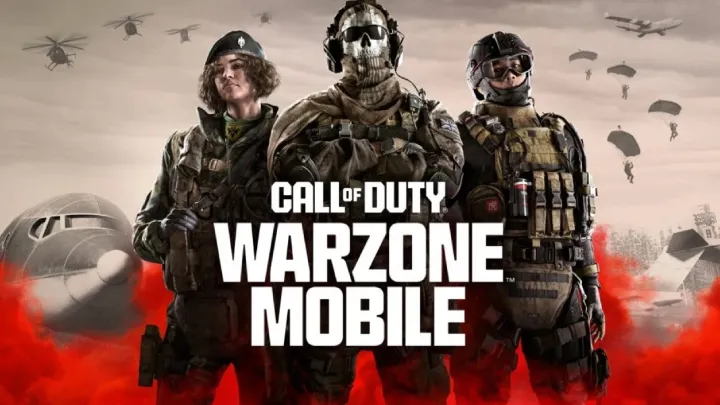
Business Model, Live Ops, and the Tension of Fairness
Call of Duty’s live-service era introduced new rhythms. Battle passes and cosmetic bundles offered predictable progression; store rotations gave players aspirational skins while trying to avoid “pay-to-win” violations. The franchise has navigated controversies around loot boxes, stat-affecting blueprints, and aggressive FOMO, learning—sometimes the hard way—that the industry’s long-term health depends on perceived fairness. The best seasons are those where cosmetics celebrate mastery without conferring combat advantages, where new weapons arrive slightly spicy but not oppressive, and where limited-time modes feel like experiments rather than distractions.
Cross-play and cross-progression, meanwhile, acknowledged how players actually live: on multiple devices, with friend groups spread across platforms. Anti-cheat efforts, report systems, and visibility into enforcement are now table stakes for large PvP titles; Call of Duty has invested heavily here because the fastest way to ruin a competitive ecosystem is to erode trust. Live ops at this scale are not merely about content velocity but about stewardship—curating the health of the sandbox while keeping the community excited for what’s next.
Cultural Impact: Beyond the Screen
Call of Duty’s cultural footprint extends well outside leaderboards. It has influenced filmmaking with its kinetic camera language and breach-and-clear choreography, and it has been influenced in turn by documentary realism, drone footage, and the grammar of modern news broadcasts. For many players, Call of Duty is a social venue as much as a game: a digital after-work bar where friends debrief life while clearing objectives. Streamers and content creators have turned the game into an always-on narrative, one where chat participates in meta discovery, challenge runs, or charity tournaments.
The franchise has also sparked meaningful debate. Missions like the notorious “No Russian” forced players to confront violence not as a power fantasy but as a moral shock. Critics argued that such moments sensationalized trauma; defenders countered that art should be allowed to unsettle. Elsewhere, the series has grappled with representation and authenticity: how to depict real-world conflict without trivializing it, how to include diverse characters without tokenism, how to honor veterans while maintaining creative freedom. That Call of Duty is a locus for these conversations is itself evidence of its scale; few games are popular enough to be scrutinized like mass media.
Design Philosophy: Accessibility Versus Mastery
At its core, Call of Duty balances two sometimes competing truths. Accessibility demands that new players find success quickly: readable maps, generous aim assist on controllers, clear UI, and progression systems that reward time spent. Mastery, by contrast, requires headroom: recoil patterns to learn, off-angles to exploit, timing windows for slide-cancel chains, grenade lineups, and game sense about spawns and rotations. The franchise’s designers walk this tightrope by making the first 80% of skill come easily and leaving the final 20% brutally contested. A brand-new player can drop into Team Deathmatch and earn a few satisfying eliminations; a veteran can spend a season perfecting a weapon’s recoil with a specific barrel-grip-stock combo and shaving milliseconds off engagements.
Map philosophy reflects the same tension. Three-lane layouts teach fundamentals and keep flow predictable; more open or vertical designs introduce novelty and higher skill ceilings. Weapon balance oscillates with each season, but the healthiest metas support multiple playstyles—snipers anchoring sightlines, ARs holding lanes, SMGs carving through close-quarters fights, and LMGs suppressing sightlines. In the best eras, no single class dominates; teamwork and timing do.
Studios, Collaboration, and the Annual Rhythm
One of Call of Duty’s quietly impressive achievements is industrial: multiple studios—Infinity Ward, Treyarch, Sledgehammer, with support from Raven and others—hand off the franchise on a cadence that would break most teams. Each brings a distinct sensibility. Infinity Ward tends to emphasize grounded modernity and tactile gunplay; Treyarch leans into experimental modes and layered narrative; Sledgehammer often excels at polish, campaign staging, and historical texture. Coordinating engines, asset libraries, and live services across those visions is a logistical feat. It also means the series can reinvent itself without losing institutional memory; lessons learned in one sub-series often surface as quality-of-life improvements in the next.
The annual release rhythm creates both momentum and risk. On the one hand, players receive a steady stream of campaigns, maps, and seasonal refreshes. On the other, fresh starts can fragment progress if not carefully managed. Cross-progression, shared battle passes, and unified launchers have mitigated that fragmentation, while free maps or cross-game events encourage migration. The healthiest years are those where the new title feels like an upgrade path rather than a reset button.
Campaign Craft: Set-Pieces with a Point of View
It’s fashionable to dismiss single-player shooters as vestigial, but Call of Duty’s campaigns remain vital for two reasons. First, they are onboarding tools, teaching movement, recoil control, and gadget usage within filmic missions that feel like roller-coasters. Second, they provide a point of view. A well-paced campaign can interrogate technology (surveillance, drones), ethics (collateral damage, chain of command), and geopolitics (proxy wars, information operations) without stopping the action. The best missions are not just loud; they are legible. A stealth-through-the-village sequence trains patience; a convoy ambush teaches lateral movement and equipment swaps; a house breach with night-vision goggles delivers the franchise’s signature blend of precision and dread.
Call of Duty’s writers and directors have increasingly embraced character-driven arcs. Operators are more than cosmetic skins; they carry backstories that cross games and seasons. While the series remains rooted in pulp-style thrills, it shows flashes of subtlety: moments where the camera lingers on civilians, where orders conflict with conscience, where the radio goes quiet and the only sound is your breath as you line up a shot that has no good outcomes.
Systems and Meta: Why the Sandbox Matters
Beneath the spectacle lies the sandbox, and its health determines the community’s mood more than any trailer ever will. Attachment ecosystems turn each weapon into a tree of “what ifs”: sacrifice sprint-to-fire for bullet velocity; trade recoil steadiness for aim-walking speed; accept a heavier gun in exchange for one-burst potential. Perk packages define playstyle identity—whether you’re the rusher who needs Ghost to break lines, the anchor who wants resupply and field upgrades, or the tactician who trades lethality for intel. Equipment and field upgrades—trophies, dead silence, smoke, stims—are not mere accessories but tempo control tools.
The meta is a living conversation. Creators publish time-to-kill spreadsheets and recoil plots; pros demonstrate break routes; average players test whether a hip-fire build can compete on tight maps. Balance patches operate like tides, elevating forgotten weapons and nudging overperformers back to parity. The healthiest balance philosophy avoids brutal whiplash. Instead of deleting a popular gun from viability, it trims a few frames here, a few points of recoil there, preserving player investment while opening room for alternatives.
Community, Modding Roots, and Creator Economy
While Call of Duty is a tightly controlled AAA franchise, its community has always found ways to express itself—from early PC mods and custom servers to modern UGC-like tools and private match rulesets. Content creators act as amplifiers and translators, turning complex patch notes into digestible recommendations and showcasing playstyles that casuals can emulate. Tournament organizers, both official and grassroots, keep the competitive calendar buzzing between CDL majors. Charity events, creator showdowns, and cross-community collaborations sustain the social fabric that makes people log in even when they swear they’re taking a break this season.
Toxicity and gatekeeping, sadly common in PvP games, are persistent challenges. The franchise’s recent efforts toward better reporting tools, voice moderation options, and clearer penalties are steps toward a more welcoming ecosystem. The long-term win condition is simple but hard: make lobbies feel like places people want to be. Communities that celebrate teaching over mocking, and that normalize reporting over revenge, extend a game’s lifespan more than any cosmetic bundle ever could.
Controversies and Course Corrections
No franchise this large avoids controversy. Call of Duty has weathered storms over historical representation, campaign mission framing, national sensitivities, and aggressive monetization. Some debates reflect broader cultural anxieties about how entertainment depicts war; others are more technical, like the fairness of aim assist across input devices or the visibility of operators on certain maps. What matters is responsiveness. The series’ long history shows periods of course correction—reworking progression systems that felt predatory, rebalancing movement when it tilted into acrobatics, or rolling back audio changes that made footstep information inscrutable. The healthiest posture a live-service shooter can adopt is humility in the face of data and feedback, accompanied by transparent communication about tradeoffs.
The Future: Convergence and Continuity
Looking forward, Call of Duty faces a productive paradox: it must remain instantly recognizable while also absorbing the possibilities of new technology. Expect continued convergence across modes—campaign, multiplayer, co-op, and large-scale sandbox—so that player identity and unlocks persist wherever you play. Expect deeper AI systems that populate missions with more reactive enemies and allies, allowing stealth and aggression to be equally valid. Expect more social tooling: clan-level objectives, in-client tournament brackets, LFG systems that actually work, and spectator modes that make content creation smoother.
Hardware trends suggest higher frame-rate targets and smarter upscaling will remain priorities; fidelity must never come at the expense of input feel. On the business side, future seasons will be judged on the inventiveness of their limited-time events and the fairness of their monetization. Warzone will likely continue as the franchise’s town square, while premium releases serve as annual expansions feeding it new guns, operators, and maps. The long-term challenge is creative fatigue: how many times can you breach a door before it stops being thrilling? The answer lies in meaningful twists—new traversal, systemic destruction that changes map flow, co-op raids that stitch multiplayer skill expression to campaign-style stakes, and transmedia storytelling that makes seasonal beats feel consequential rather than ornamental.
Conclusion
Call of Duty endures because it understands the alchemy of action. It marries the immediacy of responsive gunplay to the spectacle of blockbuster storytelling; it gives casual players a nightly ritual and ambitious players an endless ladder to climb; it honors the clarity that competitive games demand while embracing the theatricality that mainstream audiences adore. For twenty years, the series has been a mirror for its moment—reflecting the anxieties of geopolitics, the allure of covert heroism, the friction between freedom and security—while also serving as a playground where those themes are abstracted into seconds-long duels and last-circle panics.
As the medium continues to evolve, Call of Duty’s task is not to out-explode its past but to deepen its craft: clearer combat readability, richer co-op purpose, smarter live-service stewardship, and stories that treat players not merely as spectators but as protagonists whose choices—however scripted—carry weight. If it succeeds, the franchise will remain what it has been since its earliest days: a place where the simple act of aiming and firing feels so good that everything else—progression bars, battle passes, narrative twists—is a bonus. And if the past is prologue, the next era of Call of Duty will not just chase the future of shooters; it will help write it.


